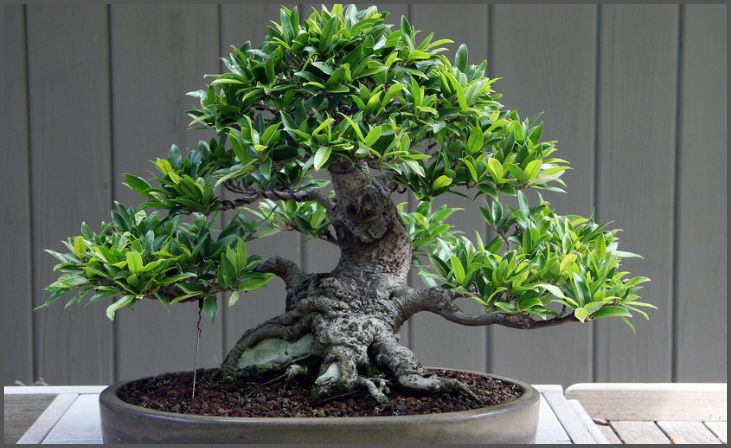Bonsai trees are a beautiful and artistic way to bring nature into your home. If you’re new to bonsai, choosing the right type of tree is essential to ensure success and enjoyment. Here are eight types of bonsai trees that are perfect for beginners.
1. Ficus Bonsai

Ficus bonsai is one of the most popular choices for beginners due to its hardiness and ease of care. It can tolerate low humidity and can survive in a variety of indoor conditions. Ficus trees have a flexible trunk and branches, making them easy to shape and style.
Key Features:
- Tolerant of low humidity
- Flexible and easy to shape
- Requires minimal sunlight
2. Jade Bonsai (Crassula ovata)
Jade bonsai, also known as the money plant, is a succulent that is easy to care for and can withstand neglect. It has thick, fleshy leaves that store water, making it drought-resistant.
Key Features:
- Drought-resistant
- Requires minimal pruning
- Thrives in indirect sunlight
3. Chinese Elm Bonsai (Ulmus parvifolia)
Chinese Elm is a resilient and adaptable bonsai tree that is well-suited for beginners. It has small leaves, a fine branch structure, and can be grown indoors or outdoors.
Key Features:
- Adaptable to indoor and outdoor environments
- Small, dense foliage
- Tolerates pruning well
4. Juniper Bonsai (Juniperus)
Juniper bonsai is a classic choice for beginners, often recommended due to its hardiness and beautiful, needle-like foliage. It is an outdoor bonsai that requires plenty of sunlight.
Key Features:
- Hardy and resilient
- Requires full sunlight
- Needle-like foliage
5. Dwarf Schefflera Bonsai (Schefflera arboricola)
The dwarf schefflera, also known as the umbrella tree, is another great option for beginners. It is known for its umbrella-shaped leaves and can adapt to various indoor conditions.
Key Features:
- Adapts well to indoor environments
- Unique umbrella-shaped leaves
- Requires minimal care
6. Japanese Maple Bonsai (Acer palmatum)
Japanese Maple bonsai trees are admired for their stunning, colorful leaves. While they need a bit more attention, their beauty makes them a rewarding choice for beginners who are willing to put in some extra effort.
Key Features:
- Stunning, colorful foliage
- Requires more frequent watering
- Prefers outdoor conditions with partial shade
7. Boxwood Bonsai (Buxus)
Boxwood bonsai is known for its dense foliage and compact growth habit. It is a versatile tree that can be shaped easily and is quite forgiving, making it ideal for those new to bonsai.
Key Features:
- Dense foliage
- Easy to shape
- Hardy and forgiving
8. Hawaiian Umbrella Bonsai (Schefflera arboricola)

The Hawaiian Umbrella bonsai is a tropical tree that is well-suited for indoor growing. It is hardy and can tolerate lower light conditions, making it an excellent choice for beginners.
Key Features:
- Tolerates low light conditions
- Hardy and adaptable
- Unique, umbrella-like leaves
Conclusion
Starting with the right type of bonsai tree can make all the difference for beginners. The Ficus, Jade, Chinese Elm, Juniper, Dwarf Schefflera, Japanese Maple, Boxwood, and Hawaiian Umbrella bonsai trees are all excellent choices that offer beauty, resilience, and ease of care. By selecting one of these beginner-friendly bonsai trees, you can enjoy the art of bonsai and successfully grow a beautiful miniature tree.


